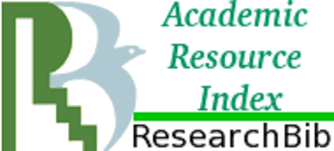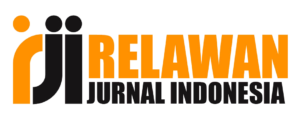PERBANDINGAN JUMLAH ERITROSIT PADA SAMPEL DARAH 3 mL, 2 mL, DAN 1 mL DENGAN ANTIKOAGULAN K2EDTA
Abstract
Background: Laboratory examination has several factors that can affect the results of the examination, one of which is the pre-analytic factor that can affect the results of erythrocyte examination is the ratio between blood volume and anticoagulant. If the blood volume is insufficient, the anticoagulant causes red blood cells to become krenated, and if the excess blood volume can cause anticoagulants it can cause blood clots. Research Objective: This study aims to determine the ratio of the number of erythrocytes in the blood sample volume of 3 mL, 2 mL, and 1 mL with anticoagulant K2EDTA. Research Methods: This study used primary data with a hematological examination at the UTD RSUD Dr. H. Abdul Moeloek Bandar Lampung. This type of research is quantitative using an observational analytic design with a crossapproach sectional through a hematological examination using the Hematology Alayzer Mindray BC-3600 with a sample size of 40 respondents who meet the inclusion and exclusion criteria. Results: The results of the mean examination of the number of erythrocytes between the blood volume of 1 mL, 2 mL, 3 mL with the anticoagulant K2EDTA had different results, at a volume of 3 mL showed the lowest results. Conclusion: There is no significant difference between the examination of the number of erythrocytes with the blood sample volume of 1 mL, 2 mL, and 3 mL in thetube vacutainer K2EDTA
Keywords: Hematology Examinatio;, Blood Volume; K2EDTA.
Copyright (c) 2021 Jurnal Ilmiah Kesehatan Media Husada

This work is licensed under a Creative Commons Attribution 4.0 International License.
The authors who publish their articles in Jurnal Ilmiah Kesehatan Media Husada must approve the copyright statement as follows :
1. The authors agree to automatic transfer of the copyright to the publisher
2. All material contained in this site is protected by law.
3. If you find one or more articles contained in the journal that violate or potentially infringe your copyright, please contact us via email lppmkwidyagamahusada@ac.id
4. The formal legal aspect of access to any information and articles contained in this journal site refers to the terms of the licensed under a Creative Commons Attribution 4.0 International License. . This allows authors and others to share (copy and redistribute the material in any medium or fomat) and adapt (remix, transform, and build upon the material) for non-commercial purposes.
4. All Information contained in the journal is academic. The journal is not liable for any losses incurred by misuse of information from this site.

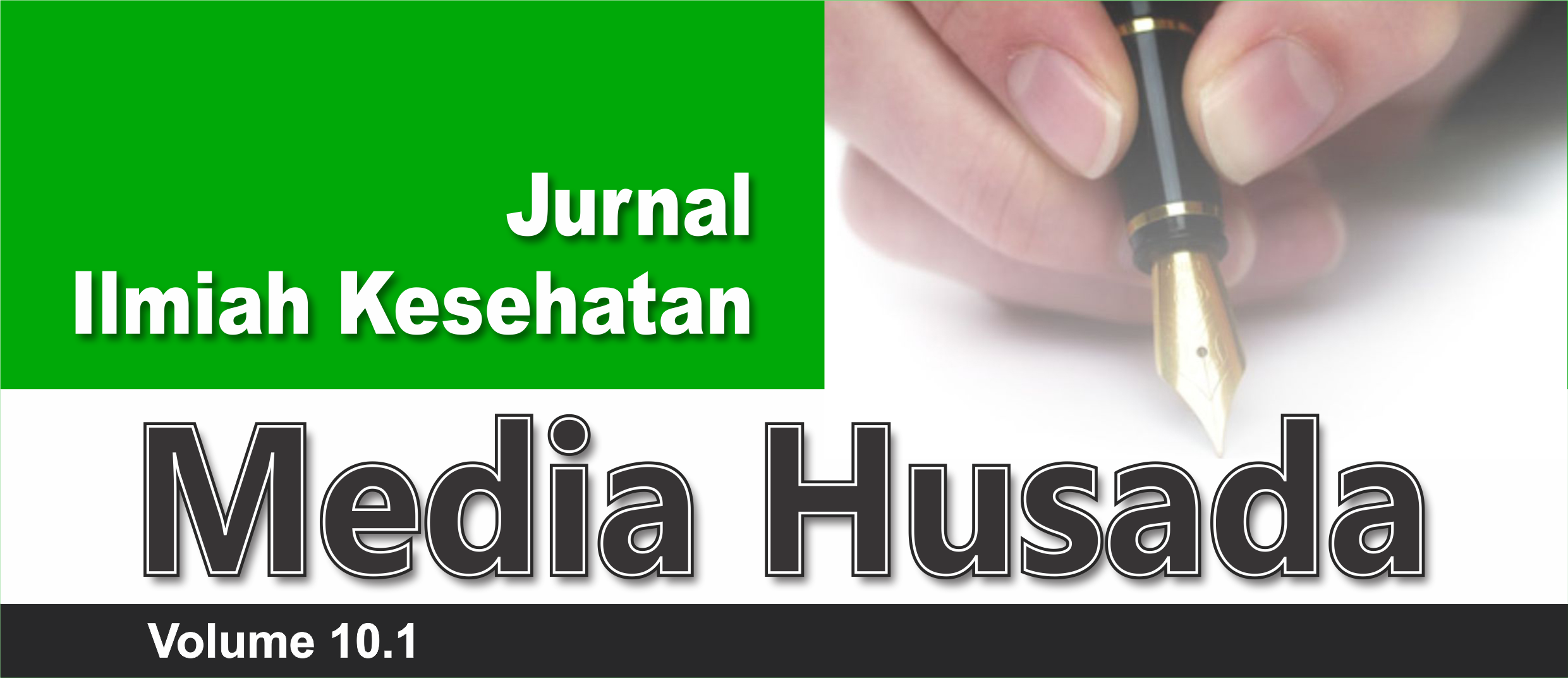
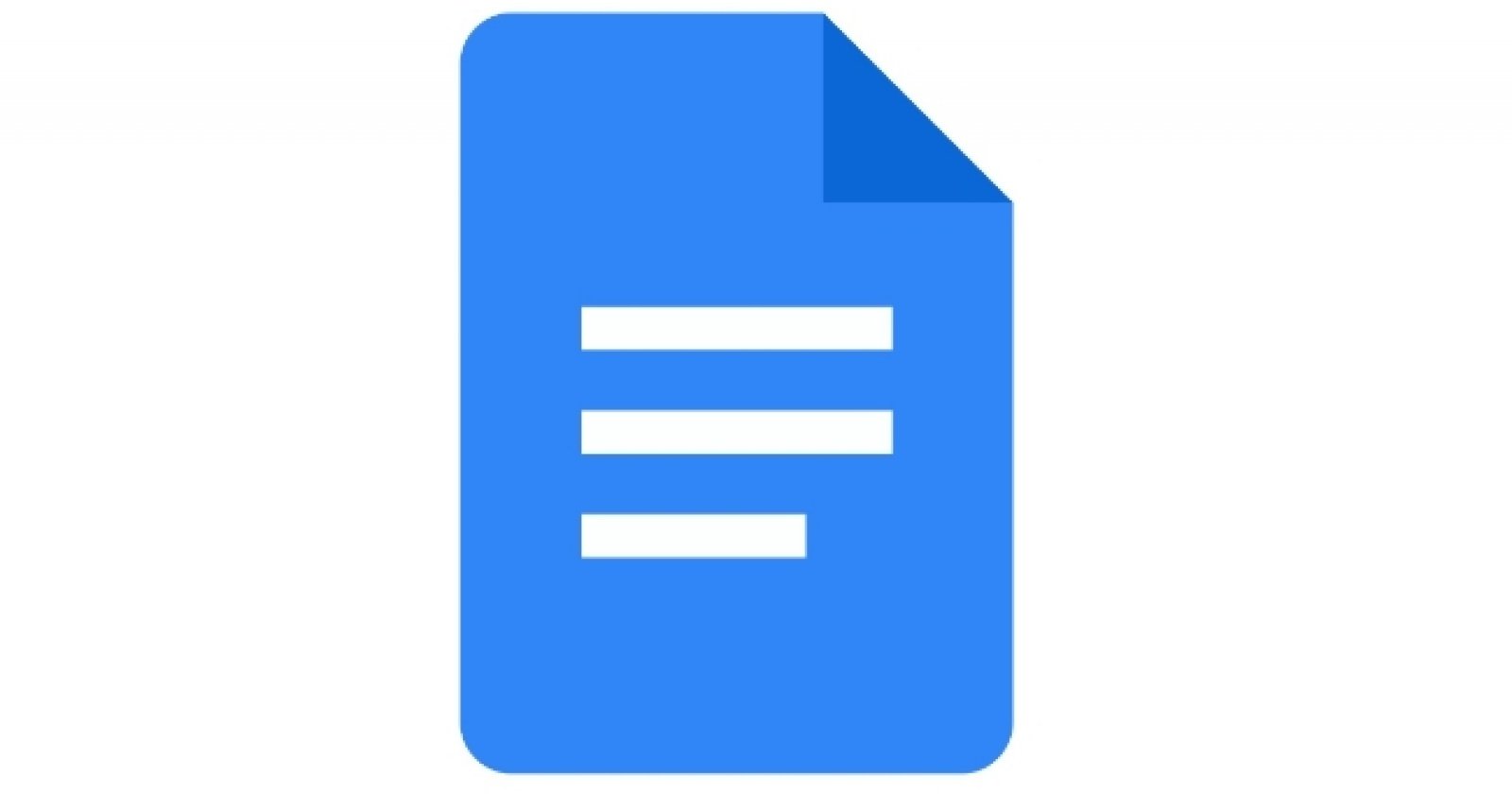



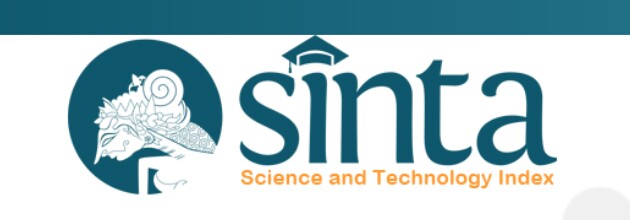
1.png)



